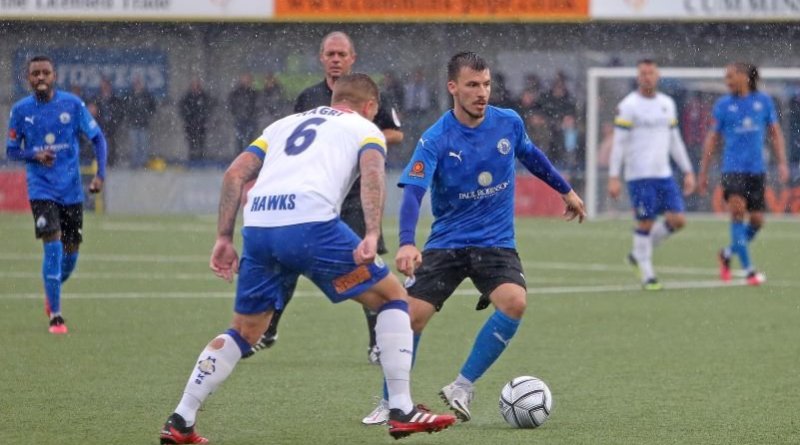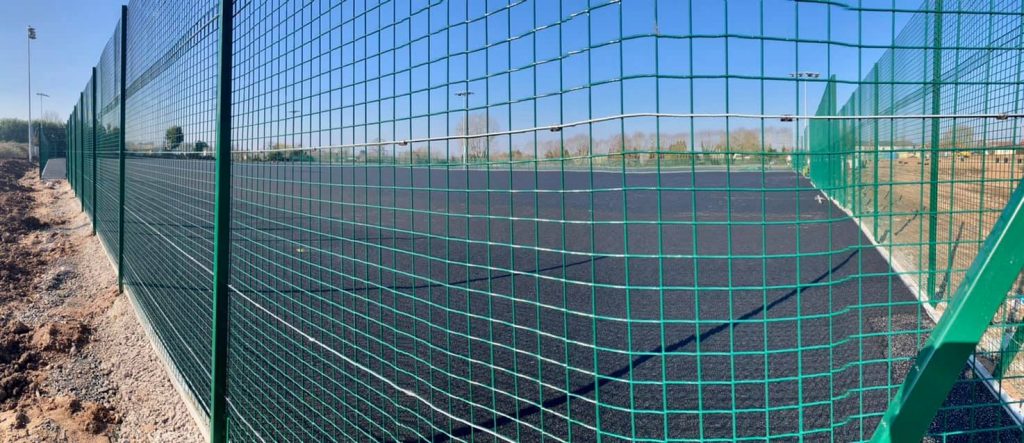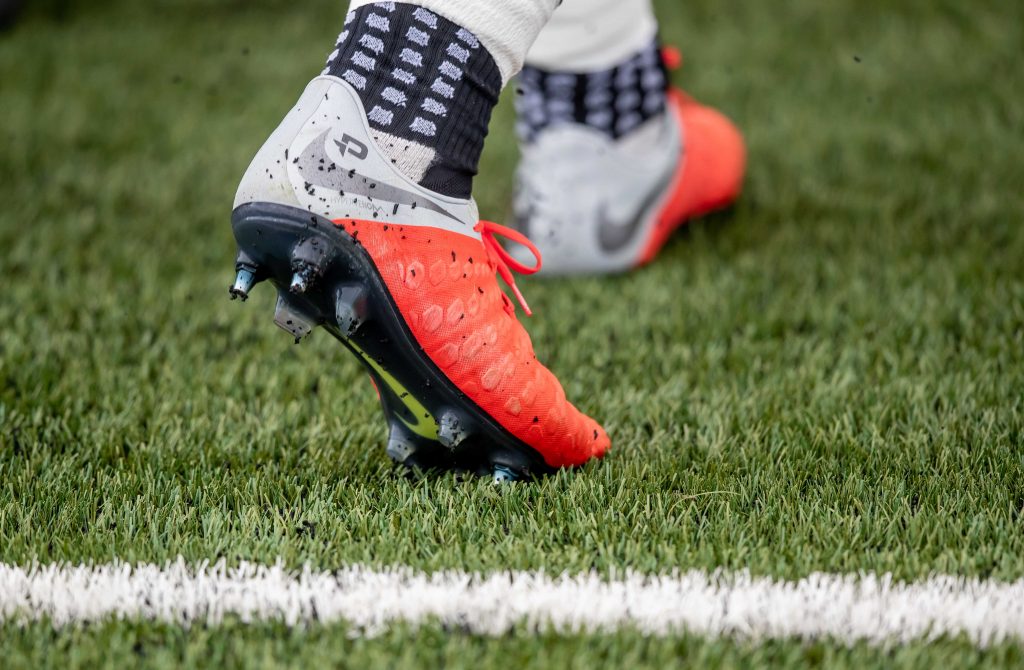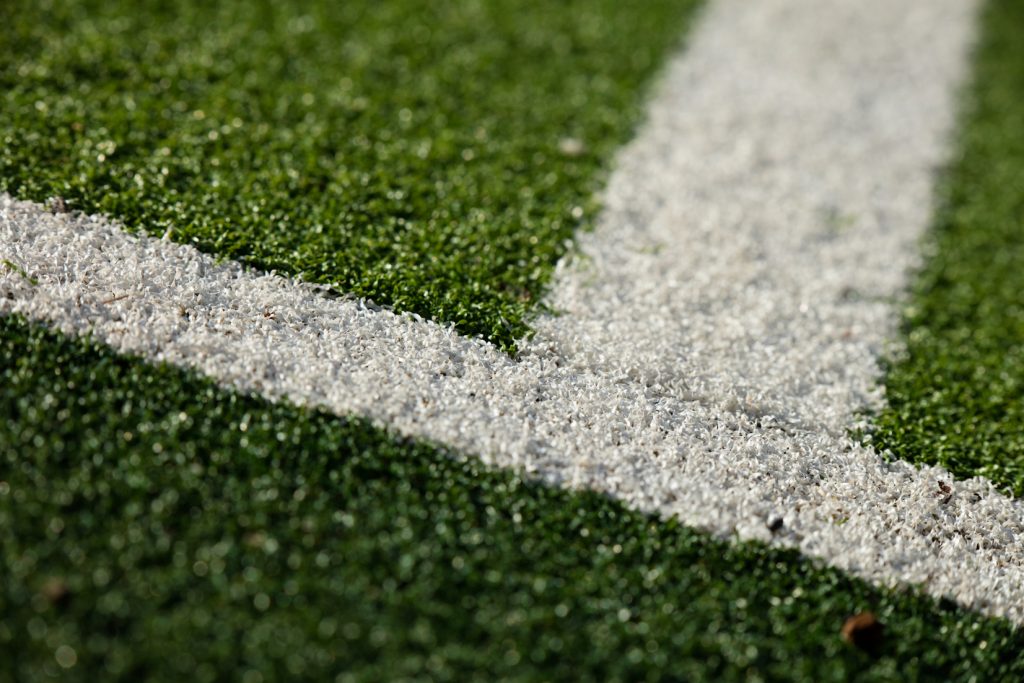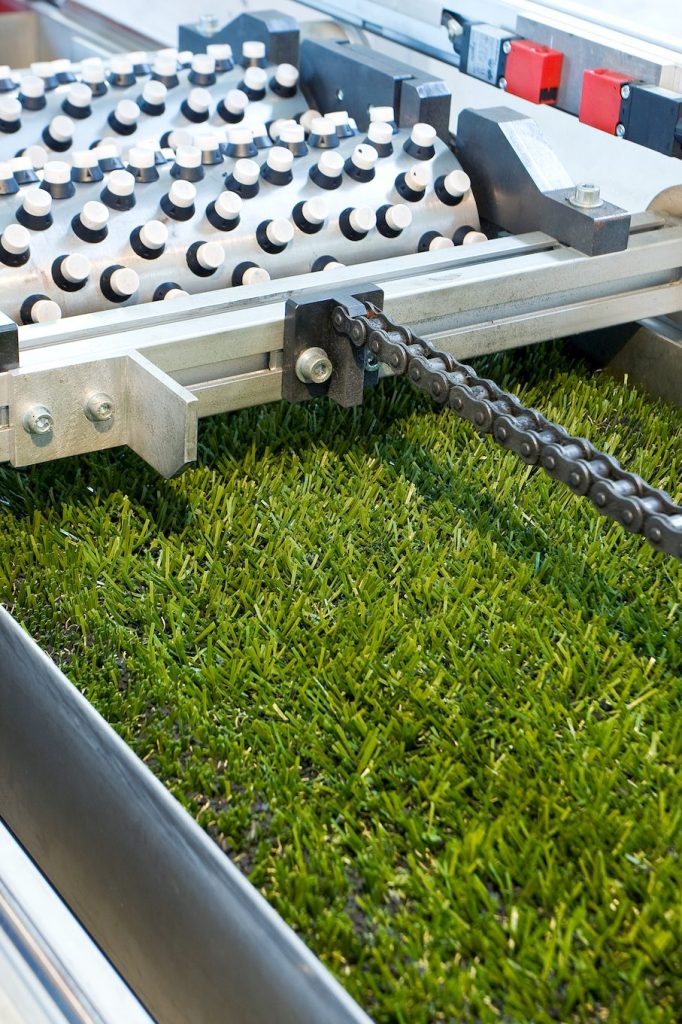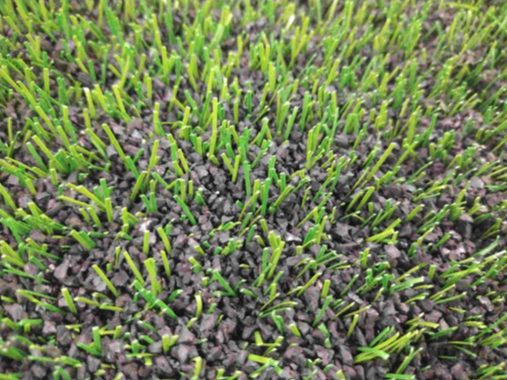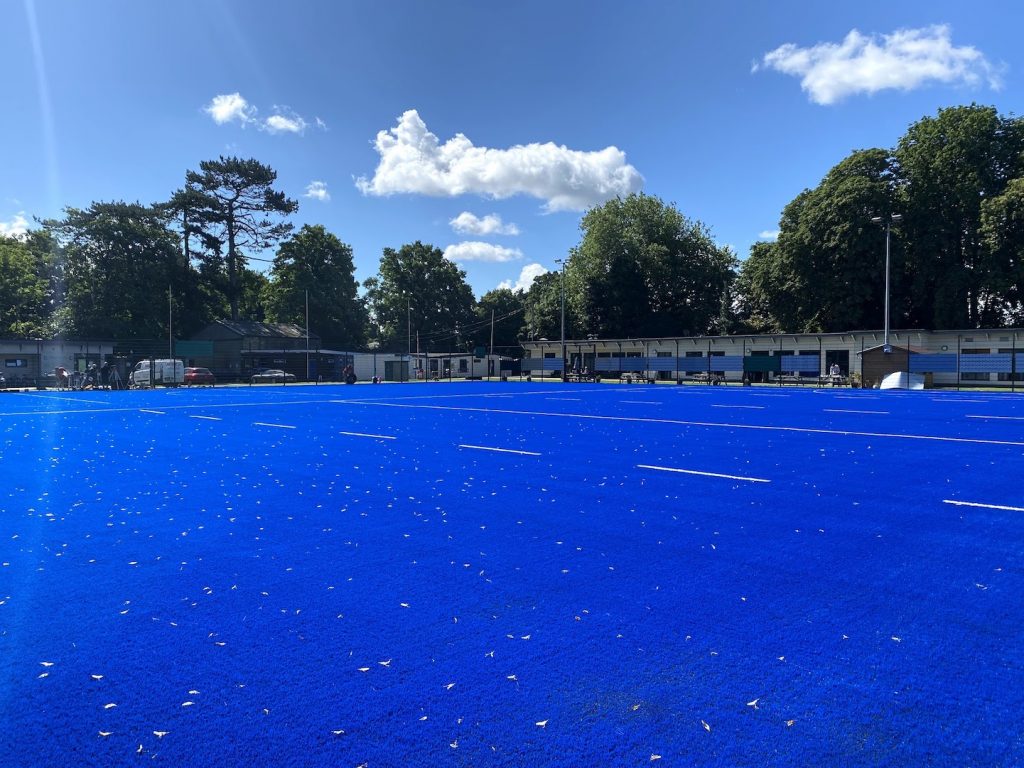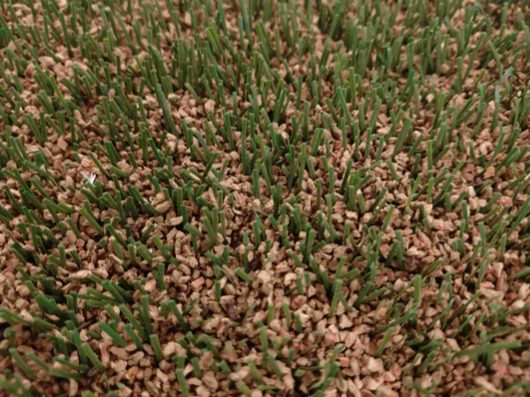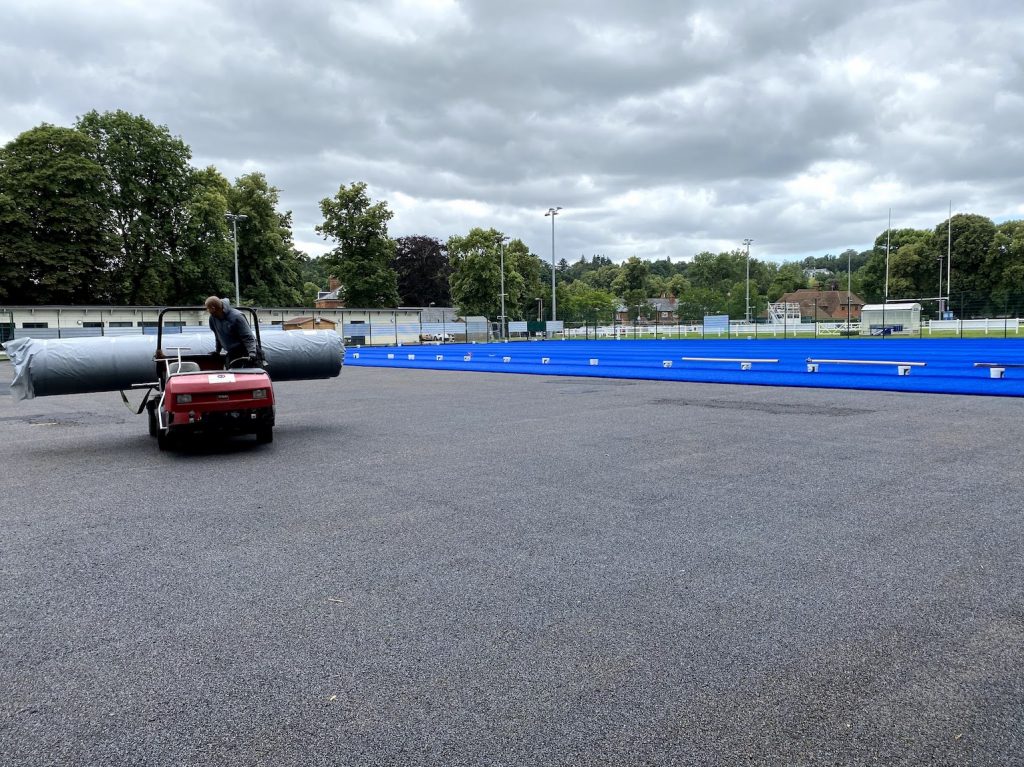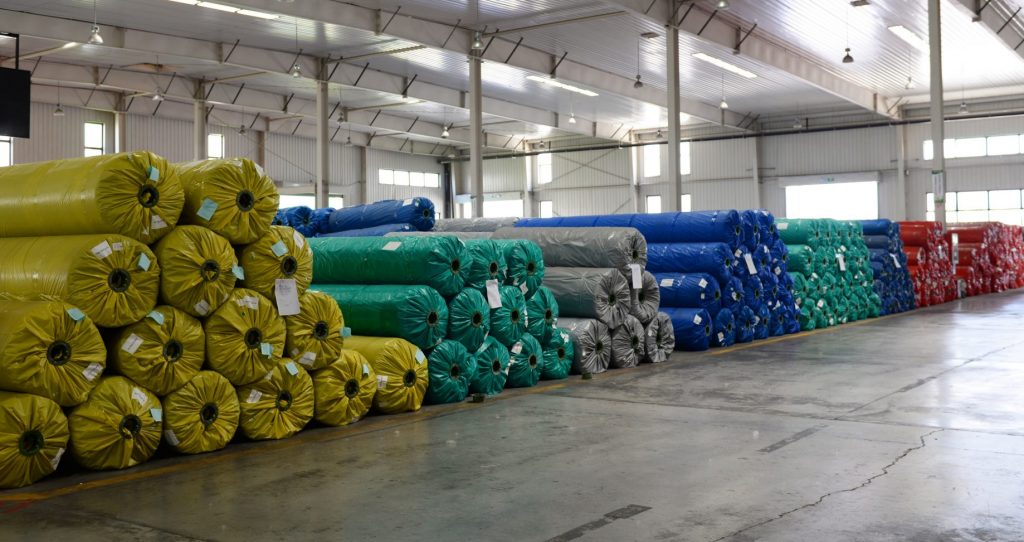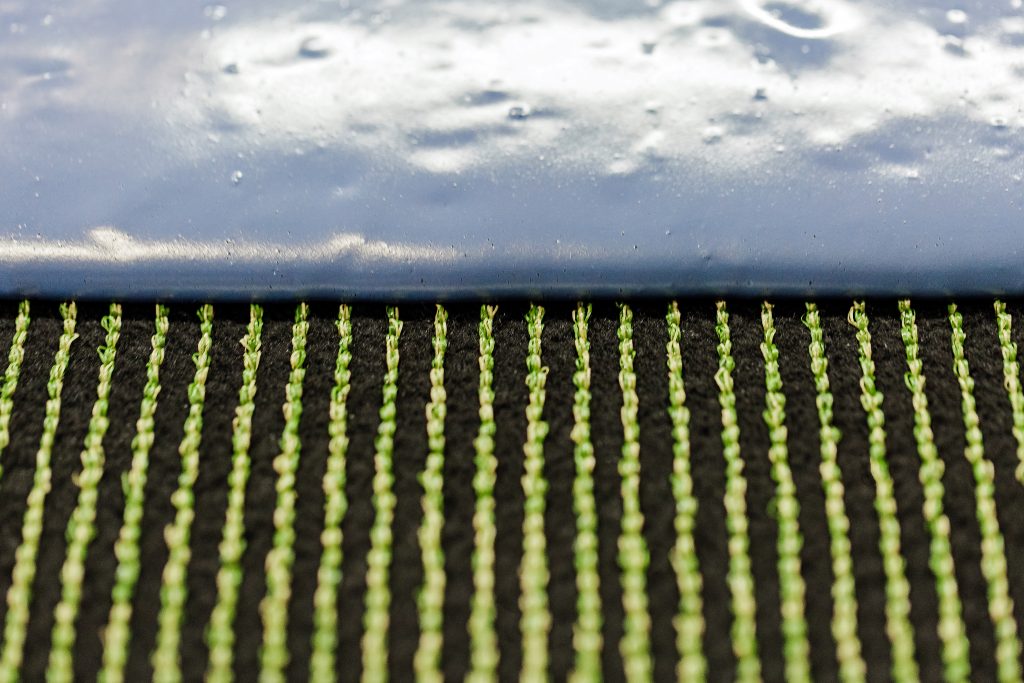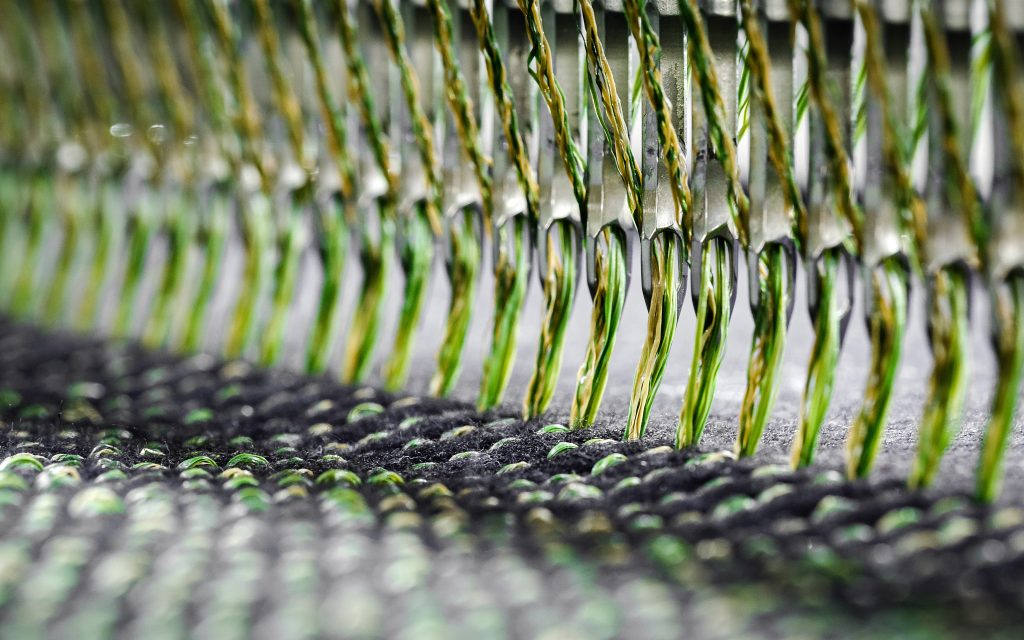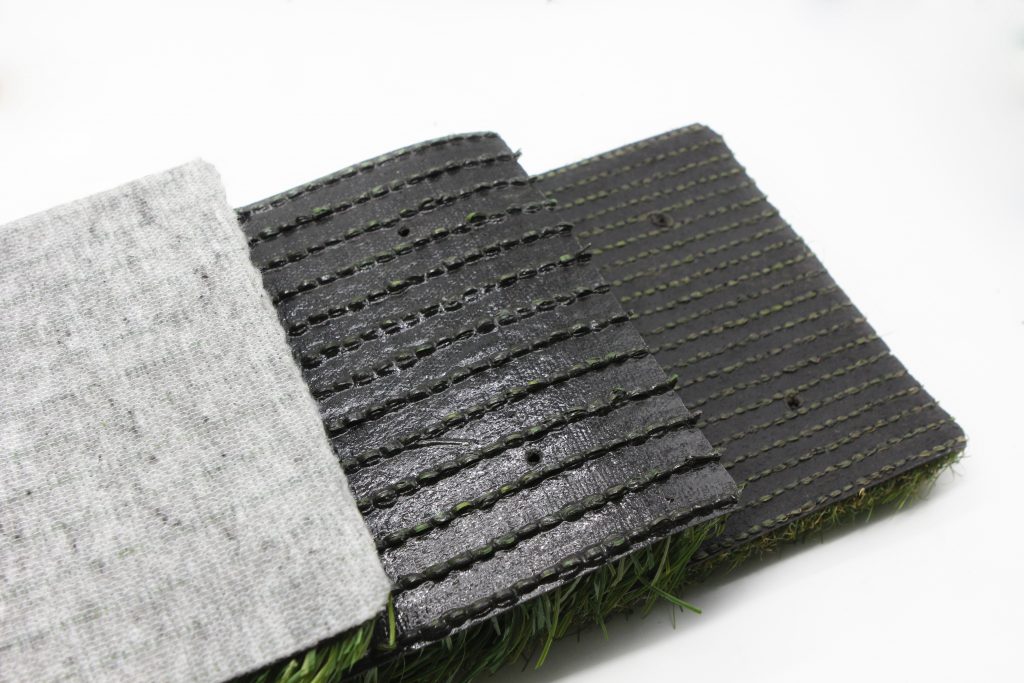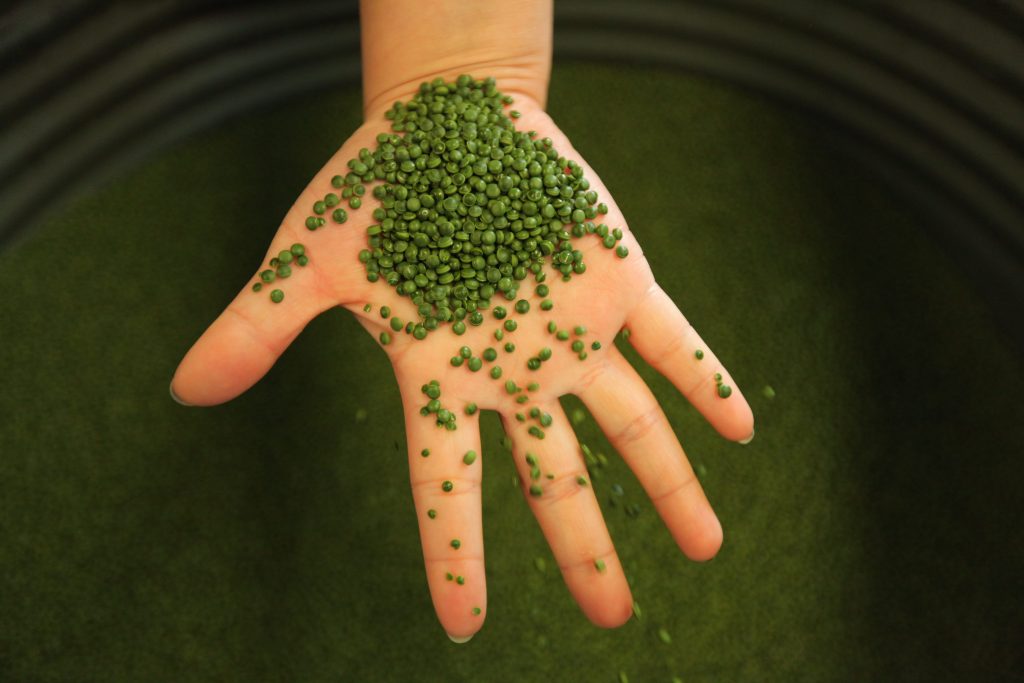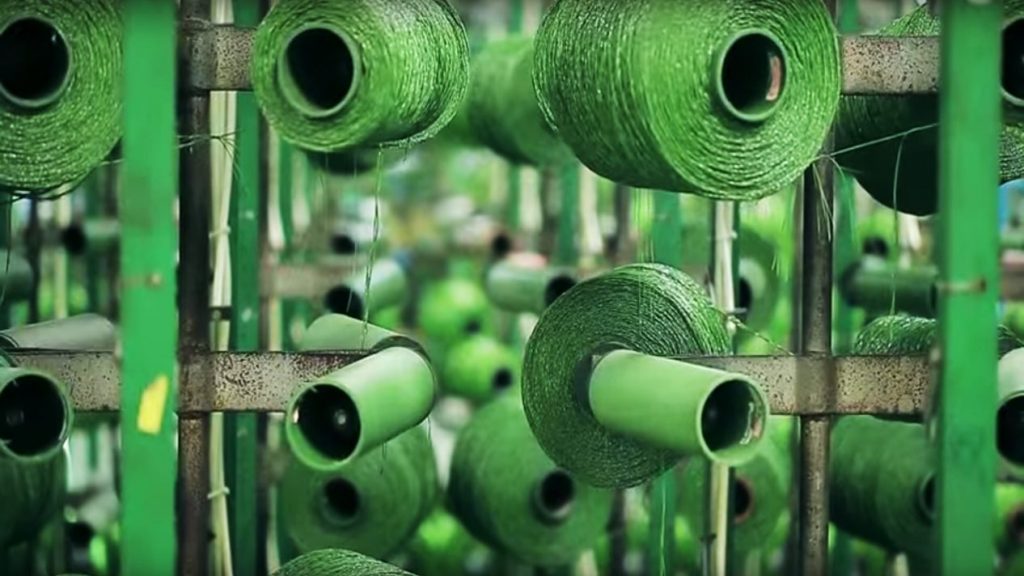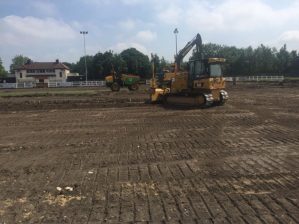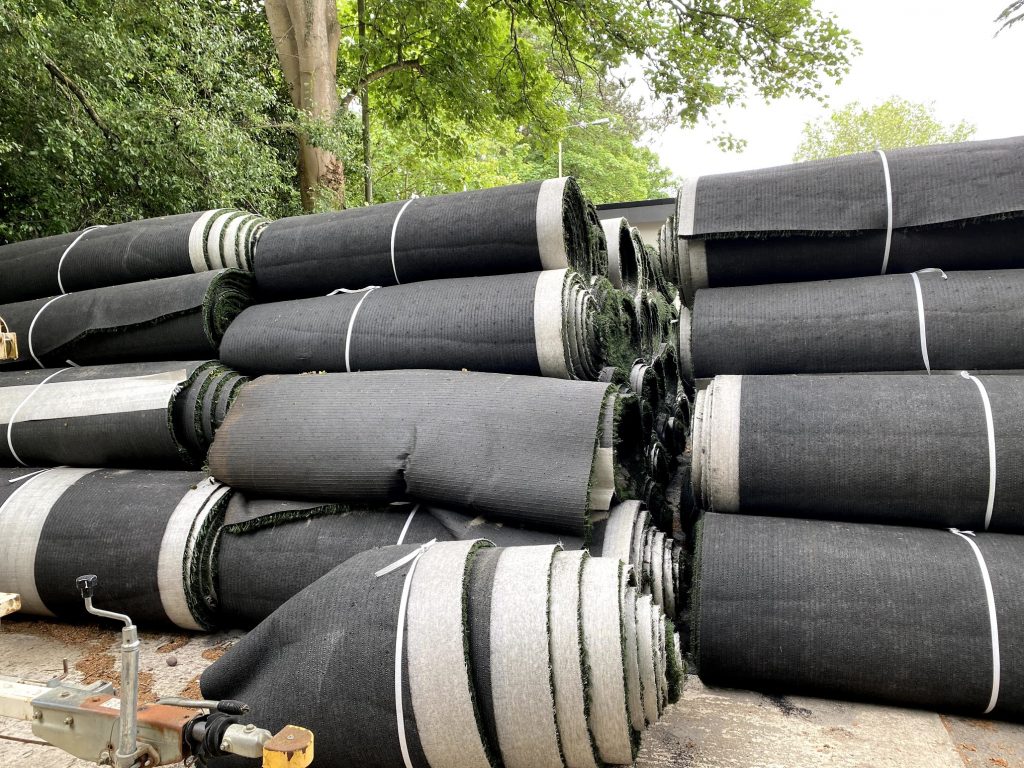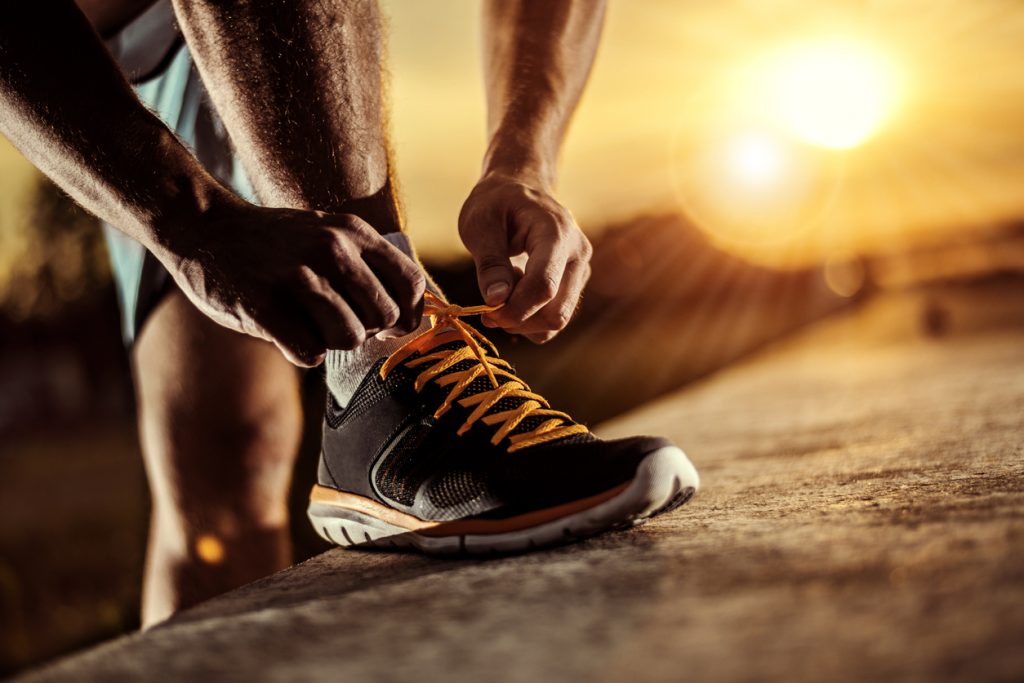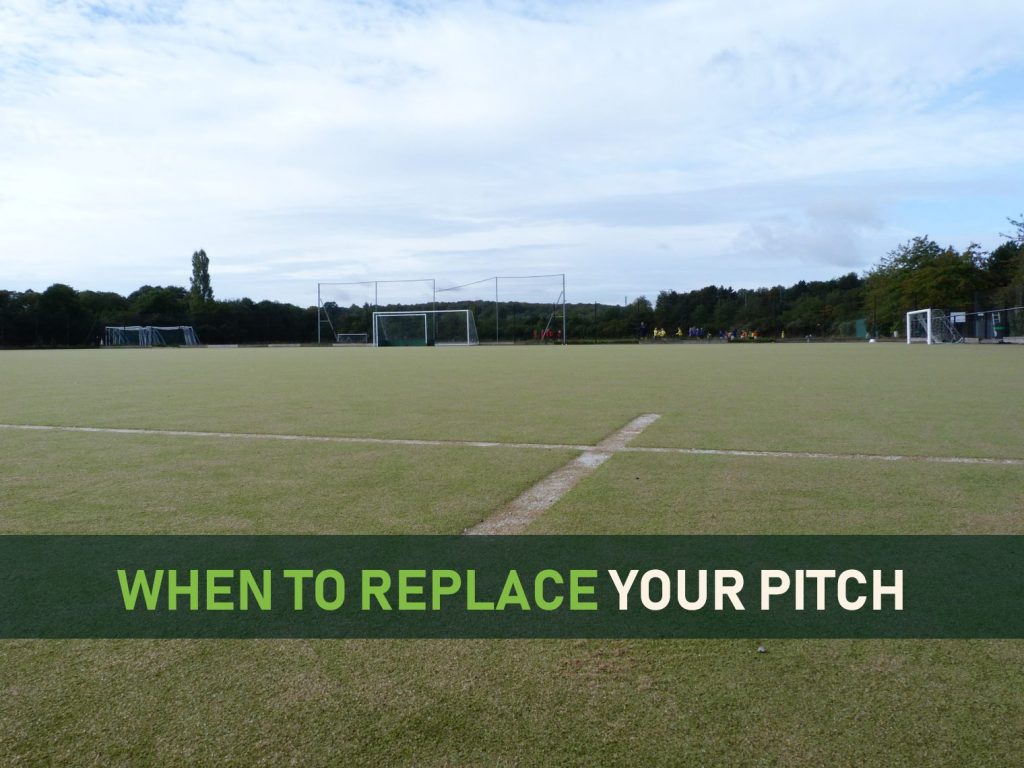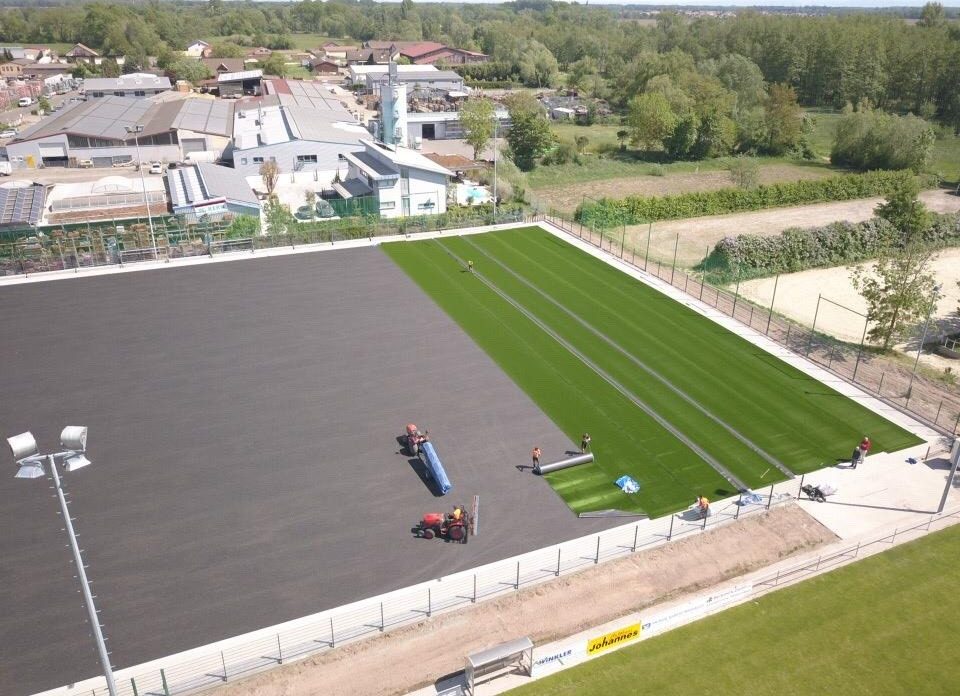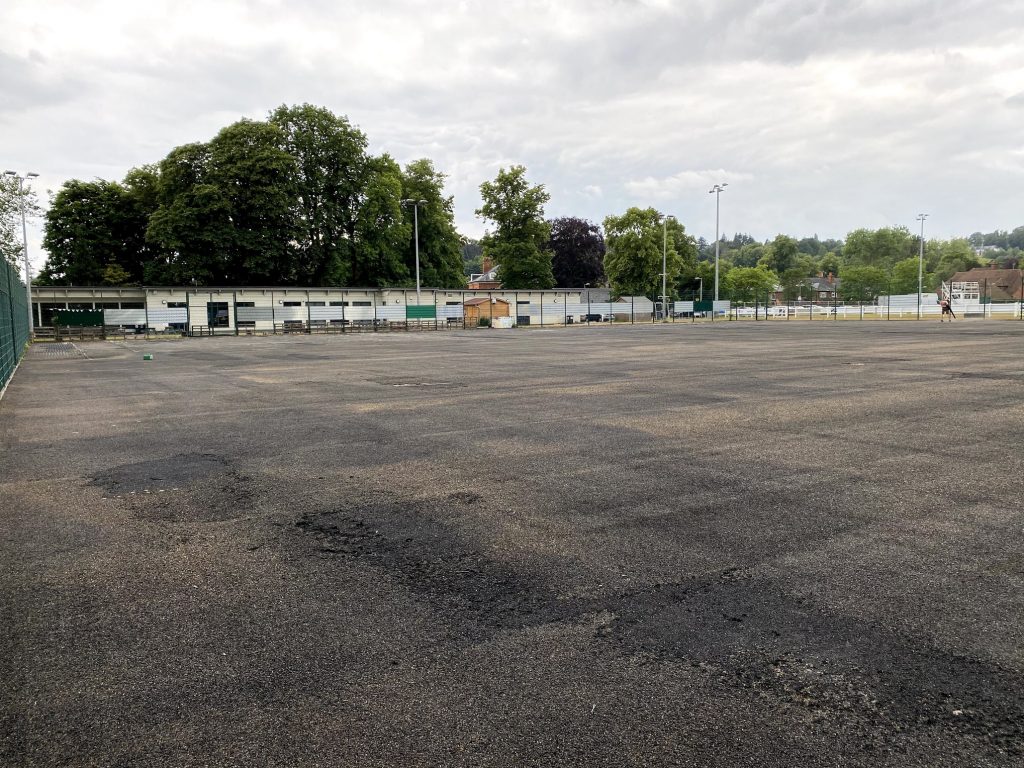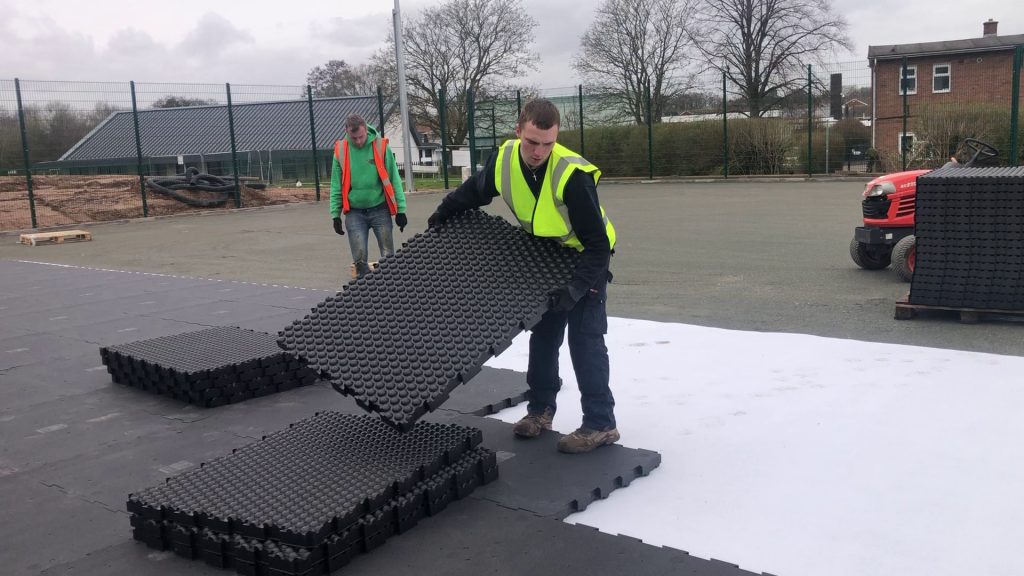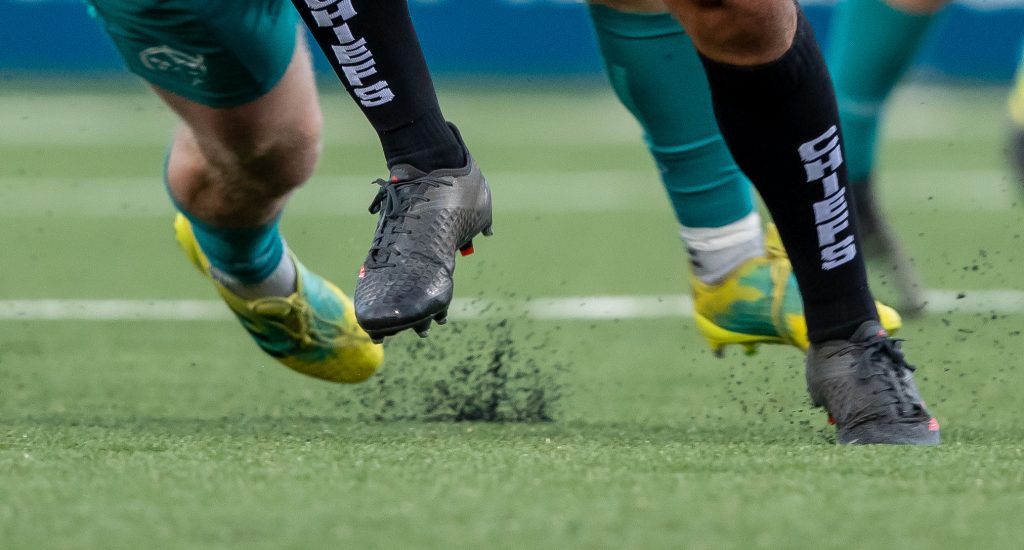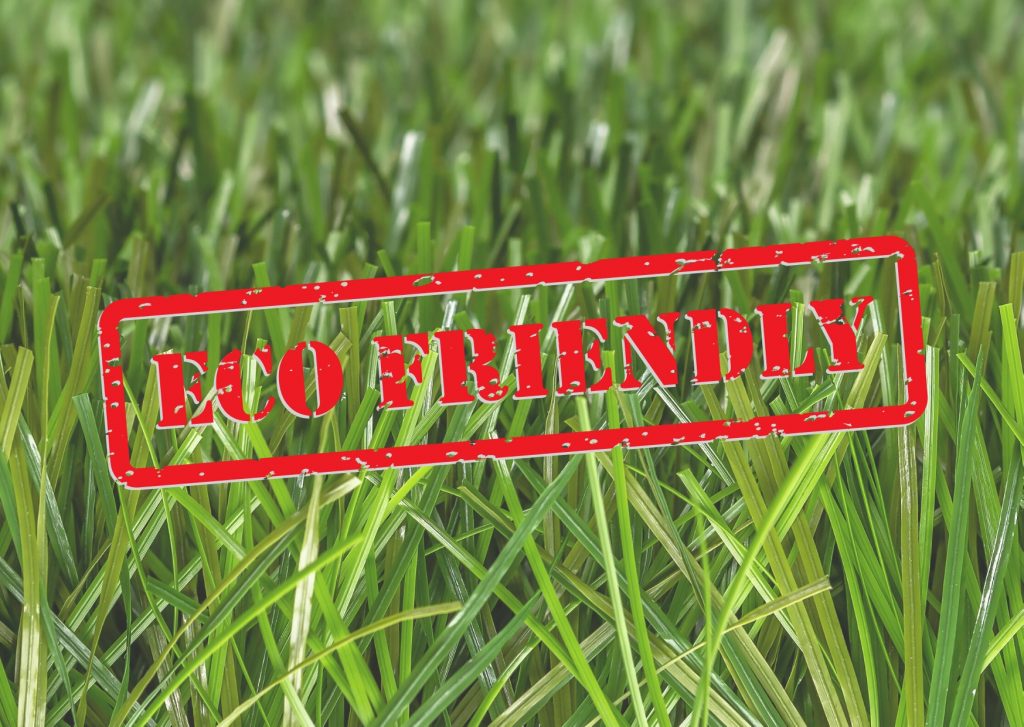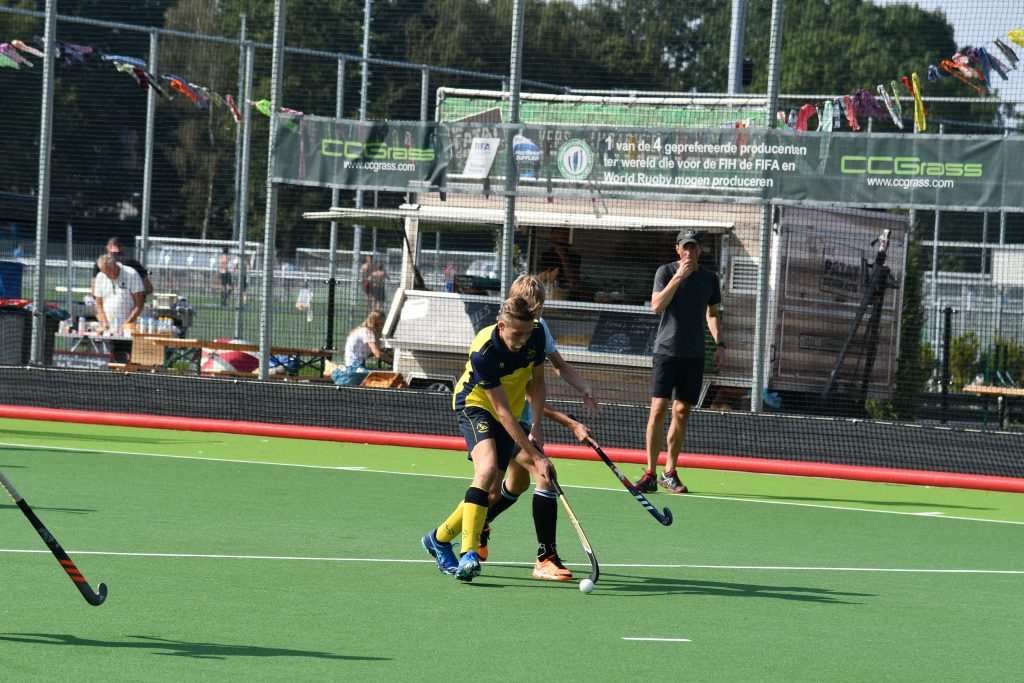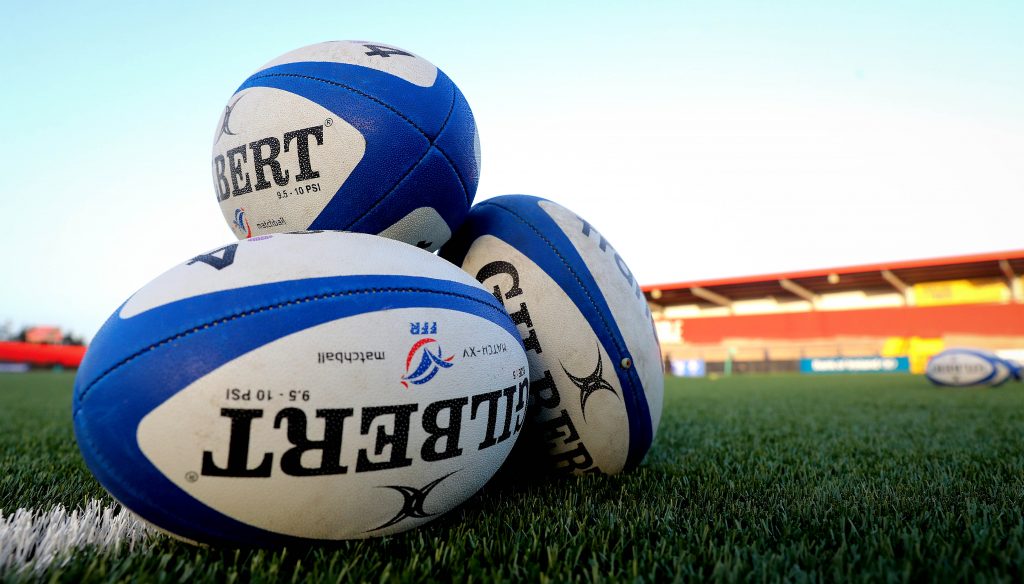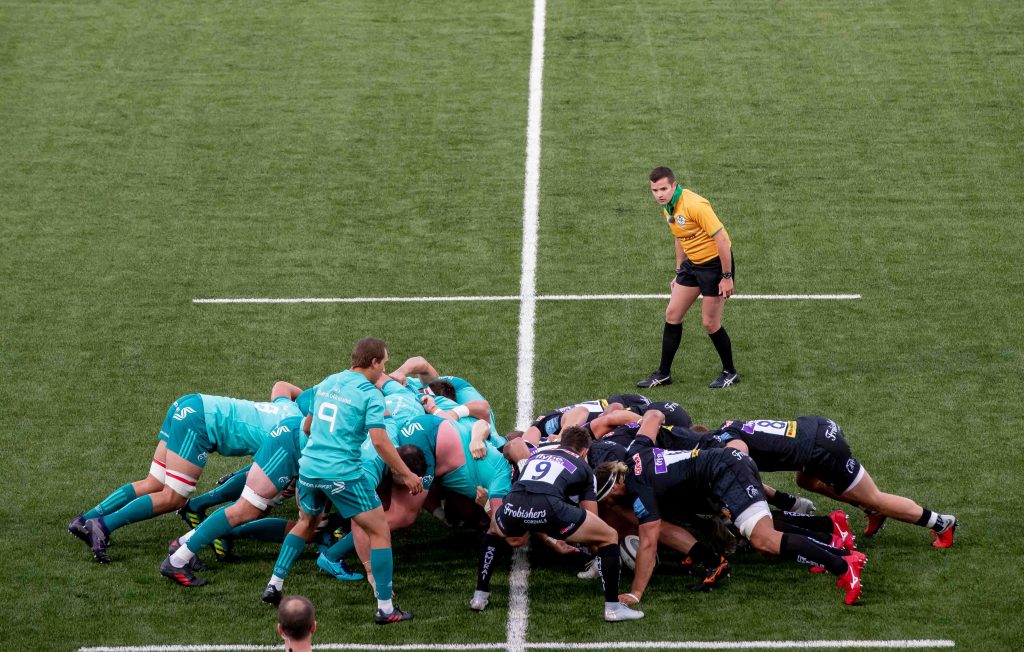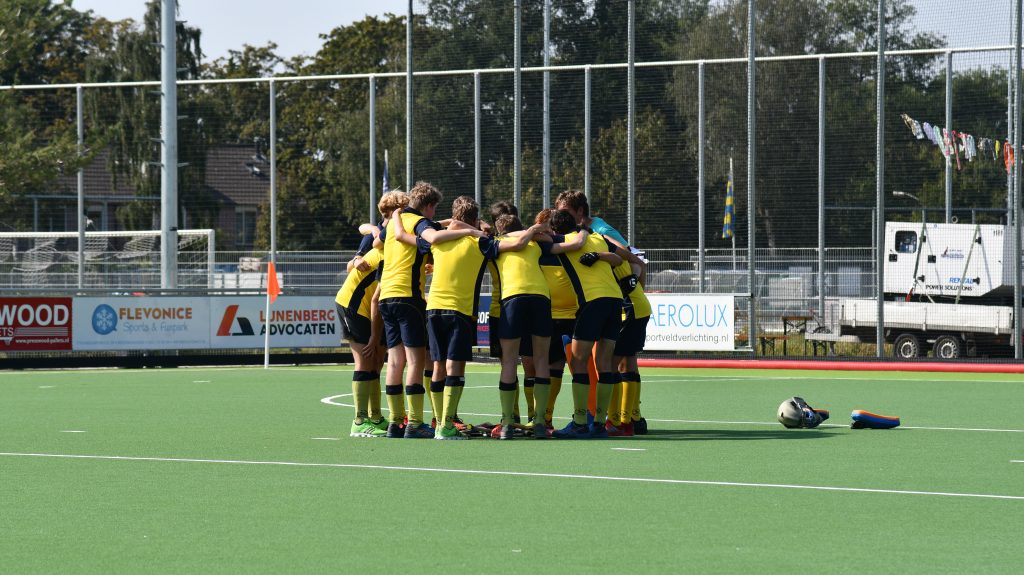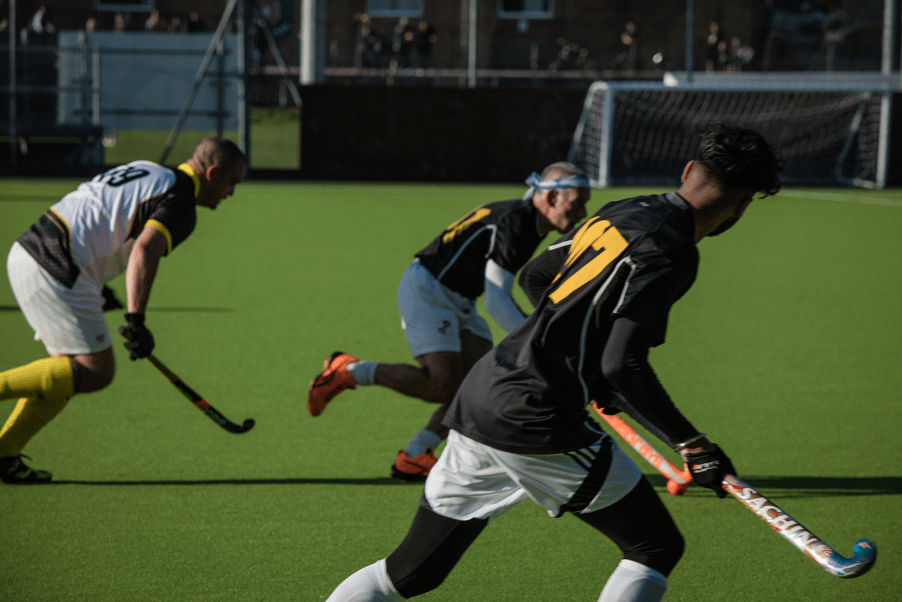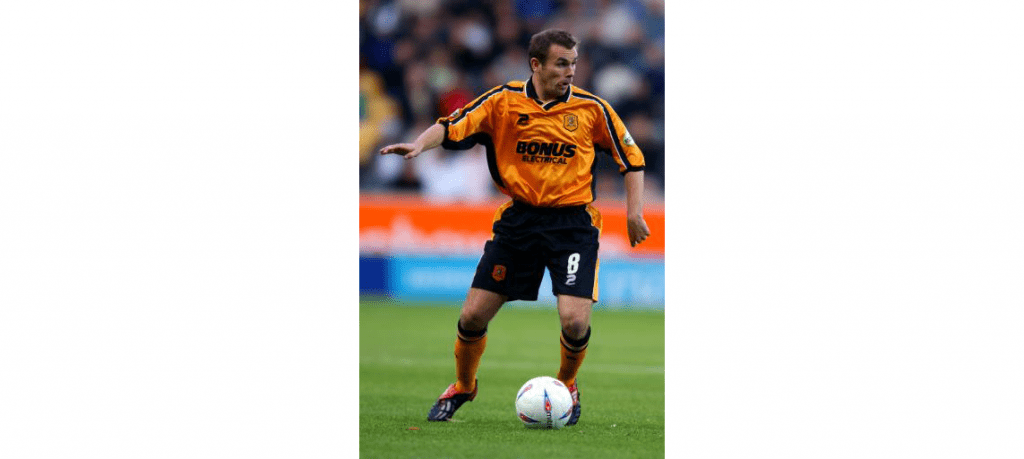The curse of synthetic turf
For so long I have advocated the benefits a synthetic turf pitch can bring, but last Saturday, for the first time, I saw a negative aspect of being able to play in nearly all weather conditions. I was at Havant & Waterlooville FC to see their FA Cup match against Billericay and for..
Is a shock pad necessary?
I have always believed that pitches play better with a shockpad. And now with growing concerns over the use of microplastic infill and the increased awareness of safety, as well as the requirement for better play, the importance of a performance layer has never been greater. I remember the very first..
How footwear can impact your synthetic turf experience
I read an article at the weekend discussing the evolution of football boots, or shoes as they were referred to. Over the years, we have seen changes in materials, styles and colours, not to mention the soles of the footwear. But from a synthetic turf perspective…
10 benefits of synthetic turf
By now most people know that synthetic turf can be a game changer for a club, a school and a community. There are many advantages in having such a facility and so many plus points, that narrowing it down to just 10 is a real challenge. So, here are 10 benefits, starting with 5 of the most obvious, with some qualifications..
A hockey insight from Alastair Cox, FIH
Hockey is the world’s third most popular team sport; the 2018 Global Hockey Survey conducted by the FIH, showed that there are now over 30 million people playing hockey. Fast, technically skilful, and requiring good levels of personal fitness, the sport is renowned for its..
Understanding durability in synthetic turf
Not that long ago, when monofilament yarns for artificial grass were first tested, reaching 10,000 cycles on the industry’s wear test apparatus, was cause to celebrate. This was proof that the yarn used in synthetic turf was durable and it gave a producer a selling edge.
Choosing your turf supplier
Recently a LinkedIn post argued to buy British synthetic turf and not cheap imports, which started me thinking. Should you buy from a local producer, at a higher price, when it is actually owned by an overseas company, where profit is taken by private equity owners? Interesting! The premise of buying local..
Explaining performance infill for synthetic turf
Like other components that make up a synthetic turf football or rugby pitch, the type and quality of the performance infill is essential to meet the required standards of FIFA and World Rugby. But, how do you know which is the right one for your pitch.
Simple requirements for maintaining a top quality synthetic turf pitch
Last week we looked at how to install a synthetic pitch, we now look at keeping it in optimum condition. There is no such thing as maintenance free synthetic turf. Neglect it and the performance of the pitch will deteriorate. Look after it and you will be rewarded with better play..
Comparing the performance and value offered by Cork and SBR
Firstly, the turf selected is the CCGrass Pride UP system, which has recently been tested to FIFA Quality and FIFA Quality Pro, on the RevoSport pad, with SBR infill and also with a cork infill. Pride UP is a new product from CCGrass, with a..
Simple requirements for ensuring a top quality synthetic turf pitch installation
Following on from our series on Producing Synthetic Grass, we now look at what happens once it is on site. A truism is that a poor quality surface, really well installed, will look much better than a badly installed, high quality turf.
A simple guide to producing synthetic grass – Wrapping, packing, shipping and unloading
Once turf is backed and checked it is rolled up tightly, ready for dispatch. This may sound simple, but if not performed correctly can lead to a variety of problems on site. These range from rolls becoming loose during transport, and..
A simple guide to producing synthetic grass – Backing
The process that ensures fibres are secured to create the finished synthetic turf, thereby completing the manufacturing process. Types of secondary backing The synthetic grass fibres have already been tufted into a primary backing cloth or cloths, which are loosely holding the..
A simple guide to producing synthetic grass – Tufting
Up until recently the majority of tufting machines used to produce synthetic turf were formerly used to tuft normal carpet, and adapted to allow a longer length to be left on the surface side, thereby creating artificial grass. The tufting machine has since been upgraded..
A key component in artificial turf – Backings
Backing is one of the key components when producing artificial grass. It is the layer that ensures that the fibres stay where they have been tufted and prevents them from pulling out. The backing also provides the playing surface with extra weight, which adds to the overall stability of the carpet.
A simple guide to producing synthetic grass
The process to produce the fibre that is used in artificial grass is called extrusion. In very simple terms raw polymer pellets, colour and UV additives are mixed together, then transformed into either a tape or individual fibres. These are then twisted and wound onto spools that are..
Does one producer make better synthetic turf than another?
I have been privileged to visit many factories around the world, from those with only 3 or 4 tufting machines and no backing lines, to the largest producer with over 40 tufters and 11 backing lines, in just one of their factories. Quite honestly, size does not matter..
Ground up to finished pitch – a quick guide
Having played sport, but also been involved with synthetic turf for many years, I naturally focus on what is under my feet, and normally that focus extends only as far as the actual playing surface. What I am not concerned with, and I assume the same is true with most users, is what lies..
The right pad for the right sport
There are several different types of shock pads used underneath artificial grass, and these give differing performances, so, in most cases, are sports specific. For example, with hockey, the pad must be firm, very even and provide a relatively dead ball bounce. In contrast, rugby requires a pad that absorbs heavy impact..
Choosing the right shock pad
The influence of a shock pad on your pitch performance can be massive, but how do you ensure the right shock pad is used? Different countries have their own preferences; Germany has a preference for 35mm rubber pads laid insitu; some artificial turf manufacturers will recommend a pad, based on their relationship..
Recycling within the artificial grass industry
The artificial grass industry has come under a lot of pressure from environmental agencies for quite some time now, leading to a lot of questions around just how eco friendly it is and how easy it is to recycle. There is a lot of proof that when it comes to the maintenance of..
Is an athletic approach better for synthetic turf pitches?
The importance of what is under your feet is one of the most important factors for athletes and their coaches, yet is the same true for footballers on synthetic turf? In conversation with an international athletic coach, I learned that when the surface is a top quality, Olympic standard track, athletes wear specific footwear designed..
Can you afford not to replace your synthetic turf?
Think back to when your synthetic turf pitch was first installed. Not only was it exciting, a new facility, but also the surface was pristine, often state of the art and designed to last for the next decade. Well a few years have passed, the pitch has been used and has aged, the time has come, or very soon, for it to be replaced.
Increase the performance of your synthetic turf pitch by imitating nature
It started with a question, “What can we do to make a better synthetic turf pitch for football and rugby”? This set our minds racing. For years, R&D departments at synthetic turf companies have focussed on improving the shape of the fibre, how many fibres there are per square metre, even how rows of fibres are spaced..
Key requirements when installing a synthetic turf pitch
A truism is that a poor quality surface, really well installed, will look much better than a badly installed, high quality turf. It will also play and last better. The ideal scenario is a correctly installed, high quality synthetic turf surface, where the client receives a defect free pitch. To achieve this..
How good is your shock pad?
The benefits of having a shock pad underneath your synthetic turf are well discussed, so when such an investment is made, it is reasonable to expect the chosen pad to last beyond the life of the synthetic turf. For new build pitches, this is now the case, with some excellent pads being installed along with more robust in situ rubber pads from specialist installers.
The Importance of Shock Pad
Quite simply, a shock pad will make your surface play better and last longer due to its shock absorbing qualities. That, on its own, should be sufficient reason to always choose a shock pad. Surprisingly that isn’t always the case under 3G pitches. There are different types of shock pad, but all offer resilience for the player, and reduce compaction within the playing surface.
The Importance of Infill
Getting the infill right in the first place and keeping it that way offers you the best chance to ensure your synthetic surface will play to its best. To start on a positive note, when most synthetic turf pitches are properly installed and maintained, the infill is working as it was designed to.
But, is yours?
Is artificial grass Eco-Friendly?
As we all know, real grass needs water, in fact, it needs a lot of water – especially during summer season. Artificial grass on the other hand doesn’t, unless you want to install a water-based hockey pitch. So, you are not only doing something good for the environment, but also saving yourself money by reducing your water bills.
How does artificial turf benefit schools?
The use of synthetic turf in schools has been a significant development in providing sports facilities over the last thirty or more years. Governments have tasked education bodies to increase outdoor activity, embrace sports and improve the welfare of their students. This has seen a change..
What does a rugby coach look for in a pitch?
The development of artificial grass has changed the nature of rugby coaching, providing a safe, consistent and available surface for players to train, learn and practice on. In keeping with the modern game, days of muddy training fields have long gone, and some clubs nowadays have their own synthetic turf areas.
What does a rugby player look for in a pitch?
Unlike football, rugby has taken synthetic turf pitches to heart. The willingness to accept the different characteristics this type of surface brings has been positive, at all levels of the game. So what is different? If like me, you played rugby, or still do, you will have played on some atrocious pitches..
What does a coach look for in a hockey surface?
In most parts of the world, hockey is played on synthetic turf, although a surprising number of countries still use other surfaces, such as natural grass or a hard compacted base. But whilst there are similarities in all these options, with consistent ball roll and safe conditions, most coaches would choose synthetic turf.
What does a hockey player look for in an artificial pitch?
Hockey first took to synthetic turf back in the 70’s with the Montreal Olympics being the springboard for global acceptance. It is therefore true to say that many hockey players have only ever played on synthetic turf; this gives them a tacit knowledge of the surface, in other words it is instinctive. That said, they [...]
What does a football coach look for in an artificial grass pitch?
Ask most coaches and they will always want to work on the best possible surface, as close to perfection as they can get. Not every club can afford this and not every coach has this luxury. But let’s use this as a starting point for what a coach would ideally choose for his coaching surface.
What does a footballer look for in an artificial grass pitch?
As a former footballer, my first experience playing on artificial grass was on the Preston North End main stadium pitch back in the mid 80’s, aged 13. It is clear to see that the surfaces back then were a million miles from the technologically advanced systems that are in use today.
